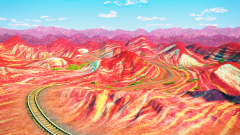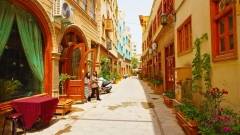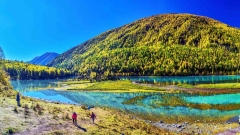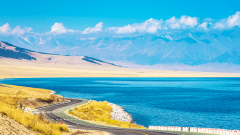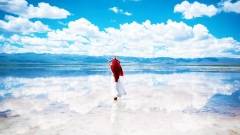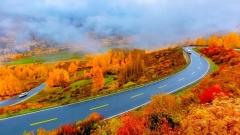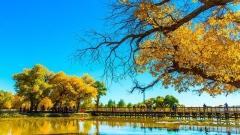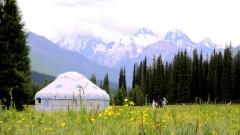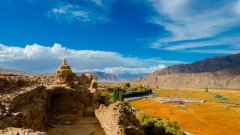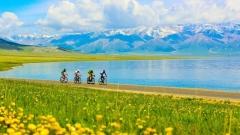On the barren edge of the Taklamakan Desert, where endless sand dunes stretch to the horizon, lies an unexpected wonder—Korla’s Populus Euphratica Forest. Known as the “desert’s guardian,” these ancient golden trees thrive where life should struggle, creating one of Xinjiang’s most magical autumn landscapes. For travelers seeking both natural beauty and cultural depth, this is a must-visit destination.
A Desert Oasis Born of Resilience
The Populus euphratica, also called the Euphrates poplar, is a rare tree species that has adapted to survive in extreme conditions. In Korla, the forest grows along the Kaidu River, whose waters feed the roots even as the surrounding desert remains parched. The trees are renowned for their incredible longevity—many live for over 300 years—and for their striking golden leaves in autumn, which turn the desert into a shimmering sea of gold.
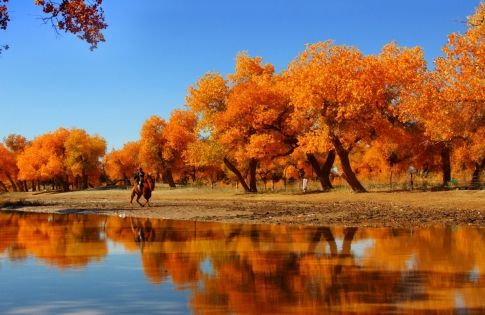
Populus euphratica
When to Visit
While the forest is beautiful year-round, the best time to visit is late September to late October, when the leaves reach their peak color. During this period, the golden canopy contrasts beautifully with the deep blue sky and the earthy tones of the desert, creating perfect opportunities for photography.
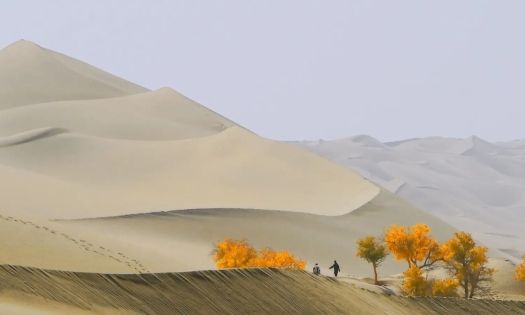
Korla’s Populus Euphratica Forest
Experiencing the Populus Euphratica Forest
A network of wooden walkways and observation decks allows visitors to explore without disturbing the fragile ecosystem. The forest is home to a variety of wildlife, including migratory birds, foxes, and small desert mammals. As you wander, you’ll notice the twisting shapes of the tree trunks—some upright, some bent like dancers, others fallen but still sprouting new life, symbolizing resilience and renewal.
Cultural Connections
The Populus Euphratica holds a special place in local Uyghur culture. In poetry and folklore, it is celebrated as a symbol of perseverance and loyalty. Local festivals often feature dances and songs inspired by the tree’s graceful forms. Visiting the forest is not just about nature—it’s also about experiencing the living heritage of Xinjiang’s people.
Getting There
Korla is easily accessible by air from major Chinese cities like Urumqi, Beijing, and Xi’an. From downtown Korla, it’s about a 1-hour drive to the Populus Euphratica Forest Scenic Area. Many travelers combine the visit with other nearby attractions, such as Bosten Lake and the Iron Gate Pass.
Travel Tips
-
Best Time: Late September to late October for peak colors.
-
Clothing: Wear layered clothing—desert mornings and evenings can be cold even in autumn.
-
Photography: Sunrise and sunset offer the most dramatic lighting.
-
Respect Nature: Stay on marked paths to protect the fragile environment.
Conclusion
Korla’s Populus Euphratica Forest is more than just a scenic spot—it is a living testament to nature’s resilience and beauty. Standing beneath the golden canopy on the edge of the Taklamakan Desert, you’ll understand why travelers call it an “oasis miracle.”
Plan your visit with China Dragon Travel and witness one of Xinjiang’s most breathtaking natural wonders.



